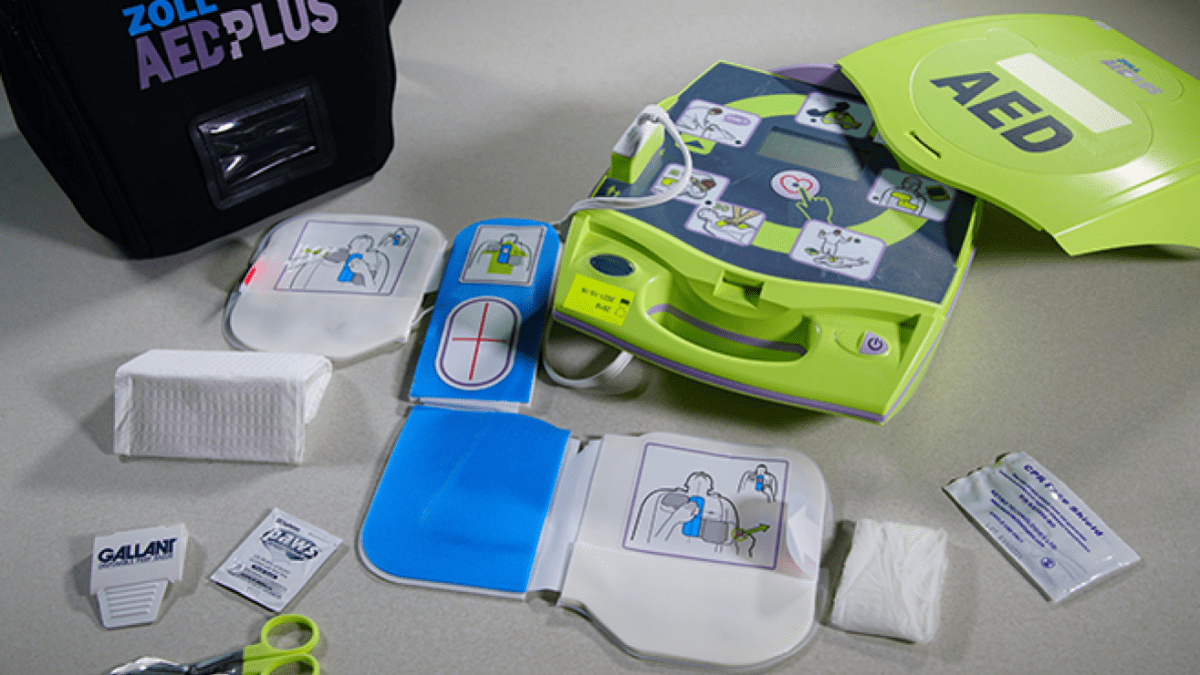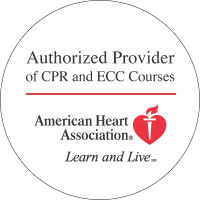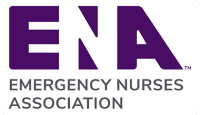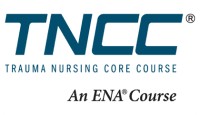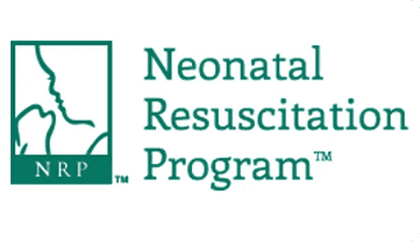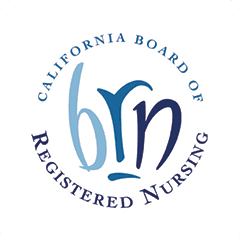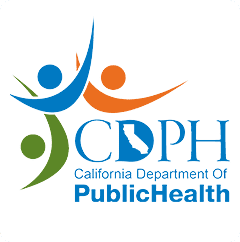Do you know what to do in a life-threatening emergency? When someone’s heart stops, you can’t simply rely on what you’ve seen on television shows to guide your resuscitation attempts. Instead, you need solid, science-based knowledge.
AEDs have proven to be the best options for saving lives in many scenarios, especially in out-of-hospital, community emergencies. By knowing how to use an AED, you can feel more confident when you’re placed in emergency situations. Plus, you can make use of the many AEDs that are now located in thousands of public spaces across the country.
What Is an AED?
An AED is an automated external defibrillator that can apply electrical shock to a person whose heart is no longer pumping. It’s a small box that is often placed in public spots, such as shopping malls and churches. Quick use of an AED can restore a life-giving rhythm to the heart and save a life.
Can You Use One as a Bystander?
An AED is so simple to use that even an untrained adult bystander should be able to use it successfully. Once the power button is pressed, the AED uses an electronic voice to direct the user through the remaining steps. This is a great resource to use as you wait for emergency personnel to arrive. However, it’s even better to receive certified training in using an AED so that you feel more confident and understand the intricacies of using the device.
What Are the Basic Steps for Using an AED?
- 1. Push the power button, and begin following the audible steps given to you.
2. Open the patient’s shirt to gain direct access to the chest. Wipe the chest dry to allow the AED pads to stick fully.
3. Put the two pads on the patient. The pads will come with pictures showing you where each should be placed. The first is placed on the front of the chest over the heart, and the second pad is placed on the left side of the chest.
4. Don’t touch the patient while the AED analyzes the person’s heart rhythm. This means that CPR will have to stop for a few seconds. However, keep in mind that the use of an AED is far more effective than CPR alone is.
5. The AED may recommend that you shock the person. Ensure that no one is touching the person’s body before pressing the “shock” button.
6. Once the shock is given, begin CPR again immediately.
7. The AED will continue to prompt you every two minutes to analyze the rhythm and possibly to shock.
8. Continue using the AED until emergency personnel arrive or until the patient displays signs of life.
What Are Some Tips for AED Success?
Or course, you know that not everything goes according to textbook perfection in the real world. Therefore, you should have some tips in mind for AED success.
- Most AEDs come with two sets of pads. If your patient has a very hairy chest, use the first set to remove some of the hair. You can also use the included prep razor to clear an area, but this will take longer.
- Be sure to move patients out of puddles or wet areas before shocking.
- Remove the patient’s necklaces and any sticky medication patches that you see before shocking. Use gloves if possible.
- AEDs can be used on children over the age of 8 who weigh at least 55 pounds.
- If the patient has an implanted pacemaker that you can see, keep the AED pads off that area.
How Can You Learn More?
To learn even more about using an AED, sign up for Project Heartbeat’s Heartsaver CPR AED class. If you’re looking to advance your medical practice, the ACLS certification course is another great alternative.

